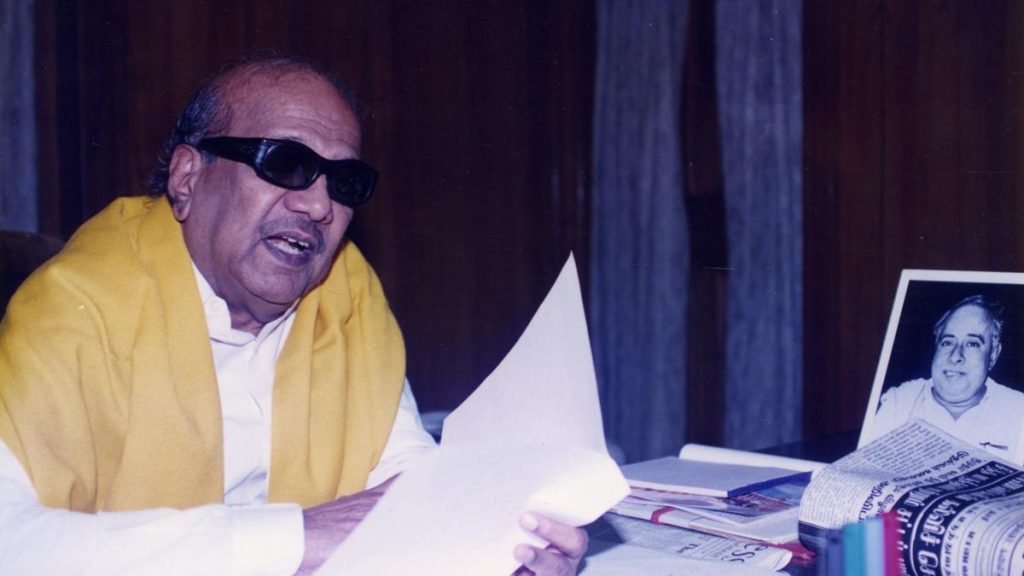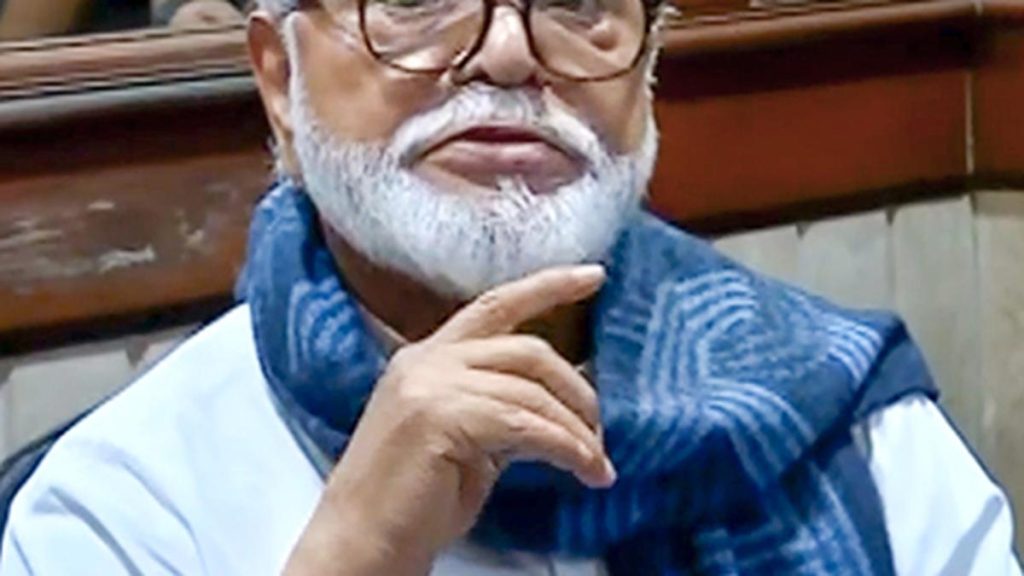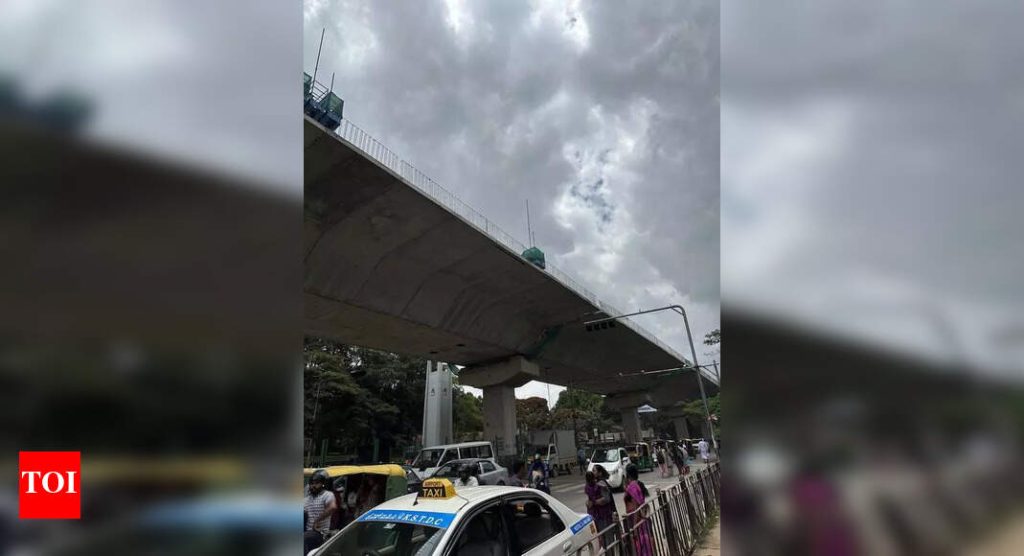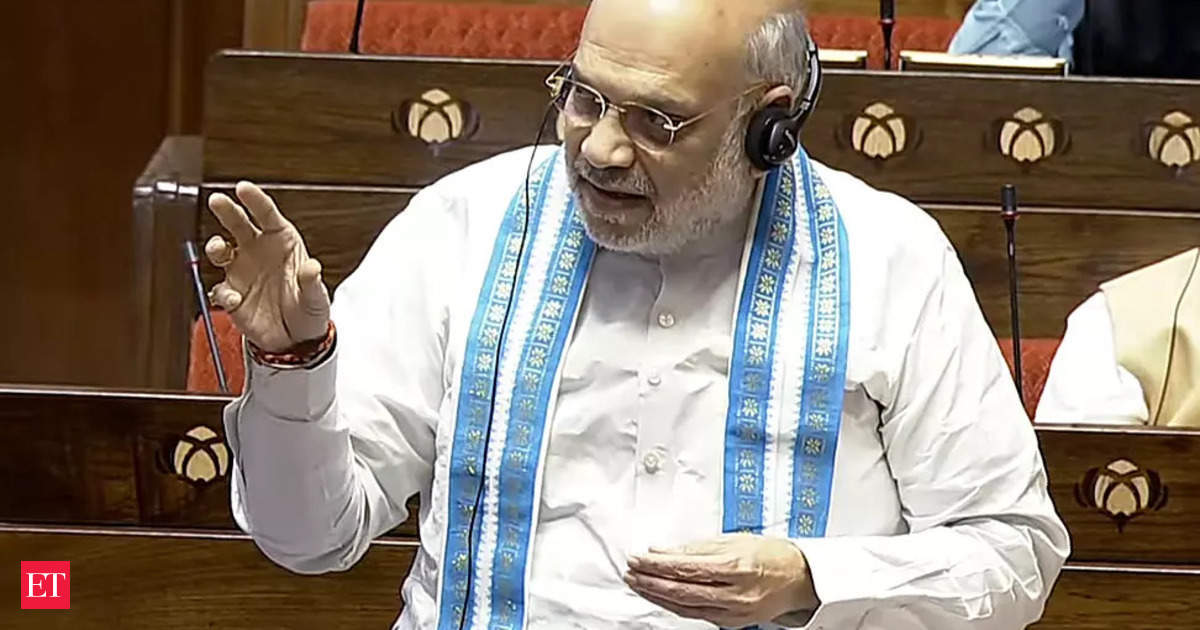Now Reading: Study Highlights India’s Need for High-Speed Rail Amid Rising Demand for Faster, Luxurious Travel
-
01
Study Highlights India’s Need for High-Speed Rail Amid Rising Demand for Faster, Luxurious Travel
Study Highlights India’s Need for High-Speed Rail Amid Rising Demand for Faster, Luxurious Travel
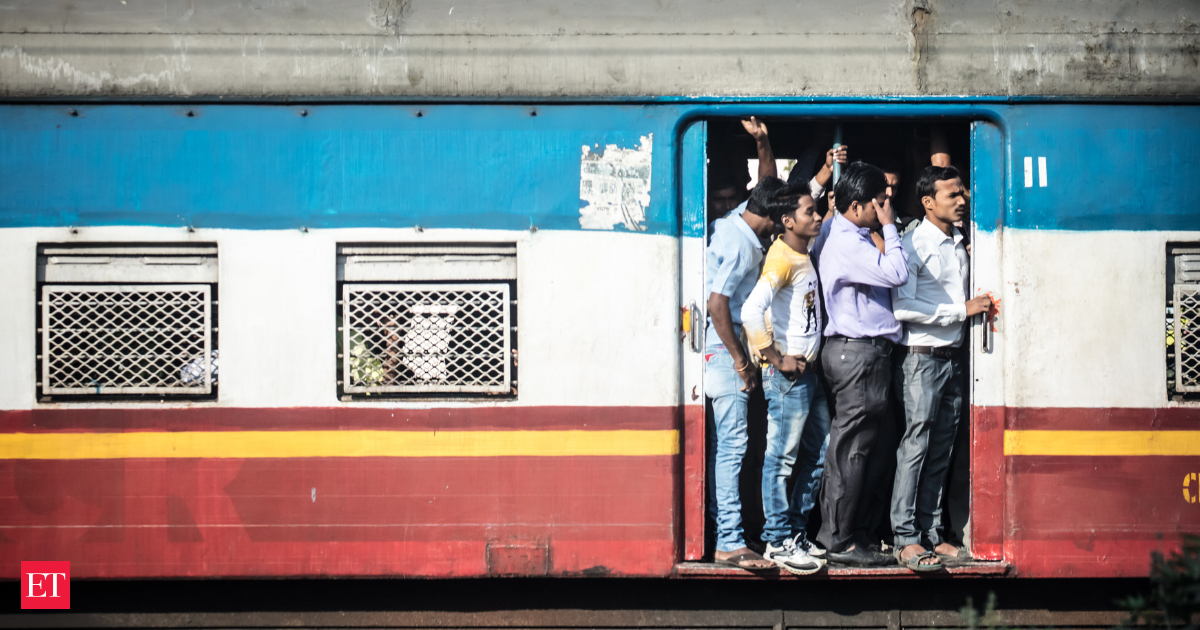
Quick Summary
- A study by rail expert Ramakrishnan TS for the Infravision Foundation advocates expanding High-Speed Rail (HSR) to cover 10,000 km along India’s golden Quadrilateral and its diagonals.
- India is currently building its first HSR corridor (508 km) between Ahmedabad and Mumbai with Japanese technical/financial assistance; no deadline announced yet.
- Four new HSR corridors are proposed by 2035:
– Delhi-Mumbai through Jaipur,Jodhpur,Ahmedabad
– Chennai-Mumbai via Bengaluru,Pune,Goa
– Delhi-Amritsar via Chandigarh and Ludhiana
– Delhi-Kolkata through lucknow,Patna
- Passenger trends show rising preference for faster travel options like air travel and luxury buses. Proposed HSR fares would be comparable to these modes but feature shorter travel times.
- India’s semi-HSR advancements include Vande Bharat trains (160 kmph) and Delhi-Meerut RRTS (180 kmph), setting the stage for full-scale HSR development.
- Despite significant spending of Rs.15 lakh crore till date on Indian Railways infrastructure,throughput remains limited due to dispersed allocation. Targeted spending on HSR could drive economic benefits furthering “Atmanirbhar Bharat.”
- Benefits highlighted in the report: improved urban connectivity; reduced reliance on imported oil; contributions toward net-zero carbon goals by electrifying traction systems; potential cross-subsidization of conventional rail using profits from high-patronage routes.
Indian Opinion Analysis
India’s adoption of High-Speed Rail presents a transformative opportunity if implemented strategically. The study highlights a strong rationale for this development amidst growing passenger preferences for faster transit modes such as air travel or luxury buses. By addressing congestion issues in mixed-use rail systems while offering competitive fares with lower energy footprints compared to aviation fuel-heavy alternatives like domestic flights, HSR appears poised to complement India’s evolving transportation landscape.
Challenges remain regarding targeted financing as past expenditures have diluted railway infrastructure progress due to fragmented projects over decades. Learning from international models cited in ramakrishnan’s analysis could enable efficient urban connectivity expansion while fostering technological self-reliance under “Atmanirbhar Bharat.” Moreover, leveraging profits from successful corridors may provide relief funding critical to keeping conventional train services affordable-a necessary balance given India’s socio-economic diversity.
As India maintains ambitions toward becoming a developed economy before its centenary year in 2047,prioritizing transport innovation such as these corridors aligns well with long-term sustainability objectives tied closely with green energy transitions-an essential step within broader economic conversion plans.


